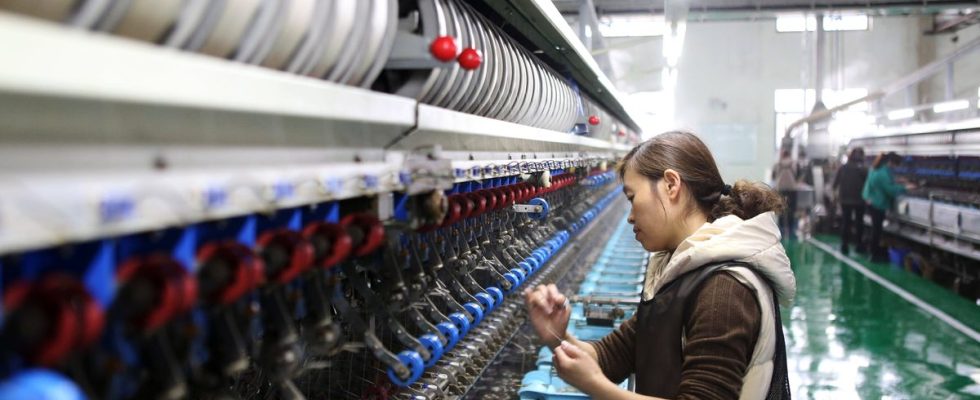Chinese GDP is beginning to forget the negative effects of health restrictions. China recorded a marked acceleration in its growth in the first quarter, according to official figures published on Tuesday, the first since 2019 to assess a full quarter without the impact of the “zero Covid” policy.
This draconian health policy, which included mandatory quarantines, numerous confinements, PCR tests and travel restrictions, was lifted in early December. Since its implementation in 2020, it has dealt a severe blow to the economy due to the climate of uncertainty generated and the inconvenience caused in the daily lives of Chinese people and businesses.
Resumption of retail sales
The end of these measures has therefore enabled activity to pick up sharply in the first quarter: China’s gross domestic product has thus increased over one year by 4.5%, announced the National Bureau of Statistics (BNS). From one quarter to another, growth was up 2.2%, after stagnating over the October-December period.
The official figure for growth in China, eminently political and subject to caution, is nevertheless still closely scrutinized given the weight of the second largest economy in the world. Retail sales, the main indicator of household consumption, confirmed their recovery in March (10.6% over one year). They had experienced four months of contraction at the end of 2022, before rebounding in January-February combined (3.5%).
In recent weeks, the Chinese have returned to restaurants, resumed taking the train or plane, helping to revive services. “Consumption recovered in the first quarter partly due to a catch-up but it has not yet returned to its pre-pandemic levels”, underlines Teeuwe Mevissen, analyst at RaboBank.
The real estate sector still fragile
The real estate crisis, which has caused many properties to lose value, and loss of income due to the pandemic partly explain this phenomenon, according to this analyst. The sector, which with construction represents about a quarter of the country’s GDP, is weakened by weak demand, at a time when many developers are struggling for their survival in a context of buyer mistrust and falling stone prices. However, the situation is tending to partially improve thanks to support from the authorities, which enabled prices to stabilize in March.
For its part, industrial production rose last month by 3.9% over one year, against 2.4% in January-February. The unemployment rate stood at 5.3% in March against 5.6% a month earlier. But it remained particularly high last month among 16-24 year olds (19.6%). As for fixed capital investment, its growth since the start of the year was 5.1% at the end of March.

